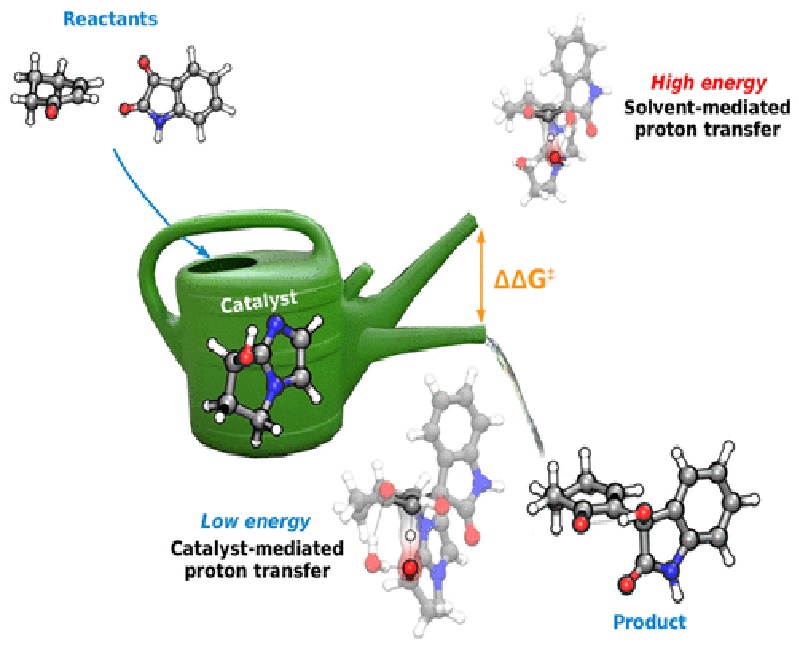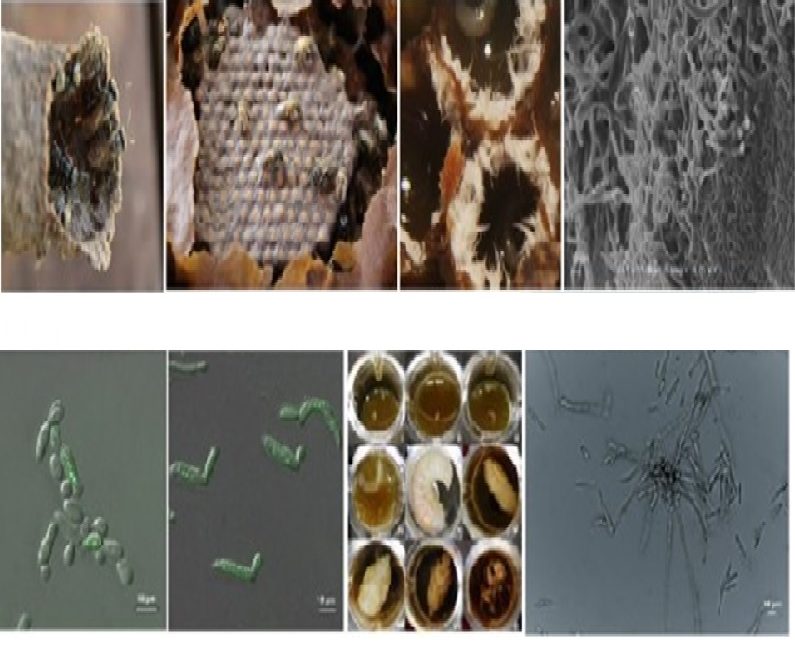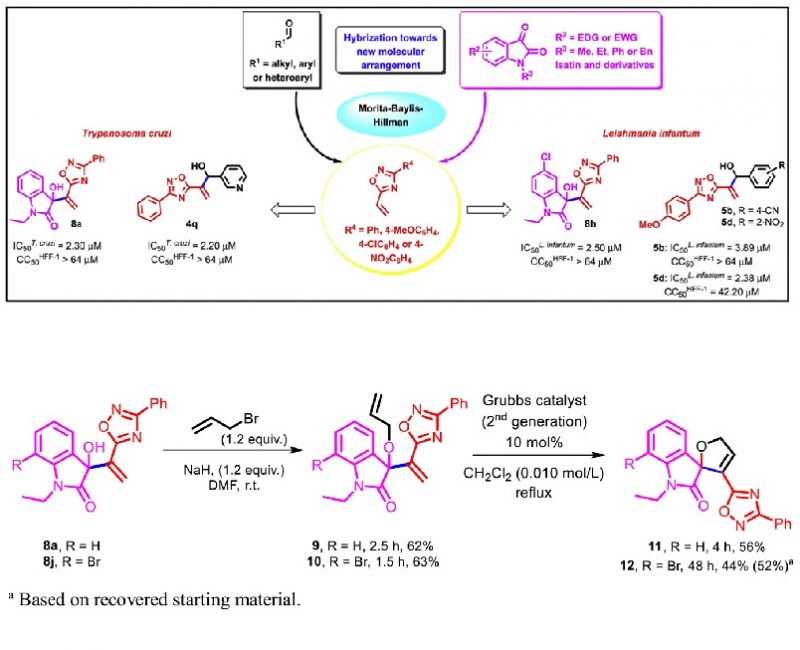
Authors:
Raich, Lluis 1, 2 ; Santos, Hugo 3, 1 ; Gomes, Juliana C. 3 ; Rodrigues, Jr., Manoel T. 3 ; Galaverna, Renan 4 ; Eberlin, Marcos N. 4 ; Coelho, Fernando 3 ; Rovira, Carme 1, 2, 5 ; Moyano, Albert 1
Abstract:
The formation of carbon–carbon sigma bonds by the organocatalyzed Morita–Baylis–Hillman (MBH) reaction constitutes a convenient method for the synthesis of valuable, highly functionalized molecules. Its large-scale implementation is however hampered both by its poor performance with substrates such as α,β-unsaturated ketones and by the reduction of the nucleophilicity of the catalyst when using water as a solvent. Recent work from our laboratories has shown that a bicyclic imidazolyl alcohol (BIA) overcomes these limitations and is a much more efficient catalyst than imidazole for the aqueous MBH reactions of cyclic enones. The role of the hydroxyl group in the former catalyst is not easy to understand, however, since these reactions take place in water solution. We have studied the mechanism of the aqueous MBH reaction between 2-cyclohexenone and isatin, catalyzed either by imidazole or by the BIA catalyst, using a combined experimental and computational approach. The data allowed us to propose mechanistic free-energy profiles for the two catalysts. An intramolecular proton transfer step, facilitated by the hydroxyl group of the catalyst even if the reaction takes place in water, accounts for the higher catalytic efficiency of BIA in comparison to imidazole, which requires assistance by an external base (either hydroxide ion or another imidazole molecule) for this catalytic step. The computed activation energies are in good agreement with the experimentally observed trends in reaction rates. The crucial role of the BIA hydroxyl has been confirmed by NMR study of the reaction kinetics, and in situ ESI-MS/MS monitoring experiments have detected and characterized all the relevant reaction intermediates, validating the computational model. This study provides clear evidence for the intramolecular participation of a bifunctional catalyst in the proton transfer step of an MBH reaction. The fact that the introduction of a suitable functional group favors the intramolecular proton transfer over solvent-mediated pathways, just in the spirit of enzymatic catalysis, provides a basis for the rational design of future efficient catalysts for aqueous reactions.
1 Univ Barcelona, Fac Quim, Dept Quim Inorgan & Organ, Seccio Quim Organ, Marti i Franques 1-11, E-08028 Barcelona, Catalonia – Spain
2 Univ Barcelona, Fac Quim, Inst Quim Teor & Computac IQTCUB, Marti i Franques 1-11, E-08028 Barcelona, Catalonia – Spain
3 Univ Estadual Campinas, UNICAMP, Inst Chem, Lab Synth Nat Prod & Drugs, POB 6154, BR-13083970 Campinas, SP – Brazil
4 Univ Estadual Campinas, UNICAMP, ThoMSon Mass Spectrometry Lab, Inst Chem, POB 6154, BR-13083970 Campinas, SP – Brazil
5 ICREA, Passeig Lluis Co 23, Barcelona 08018, Catalonia – Spain
Link to full article: https://pubs.acs.org/doi/10.1021/acscatal.7b04053







